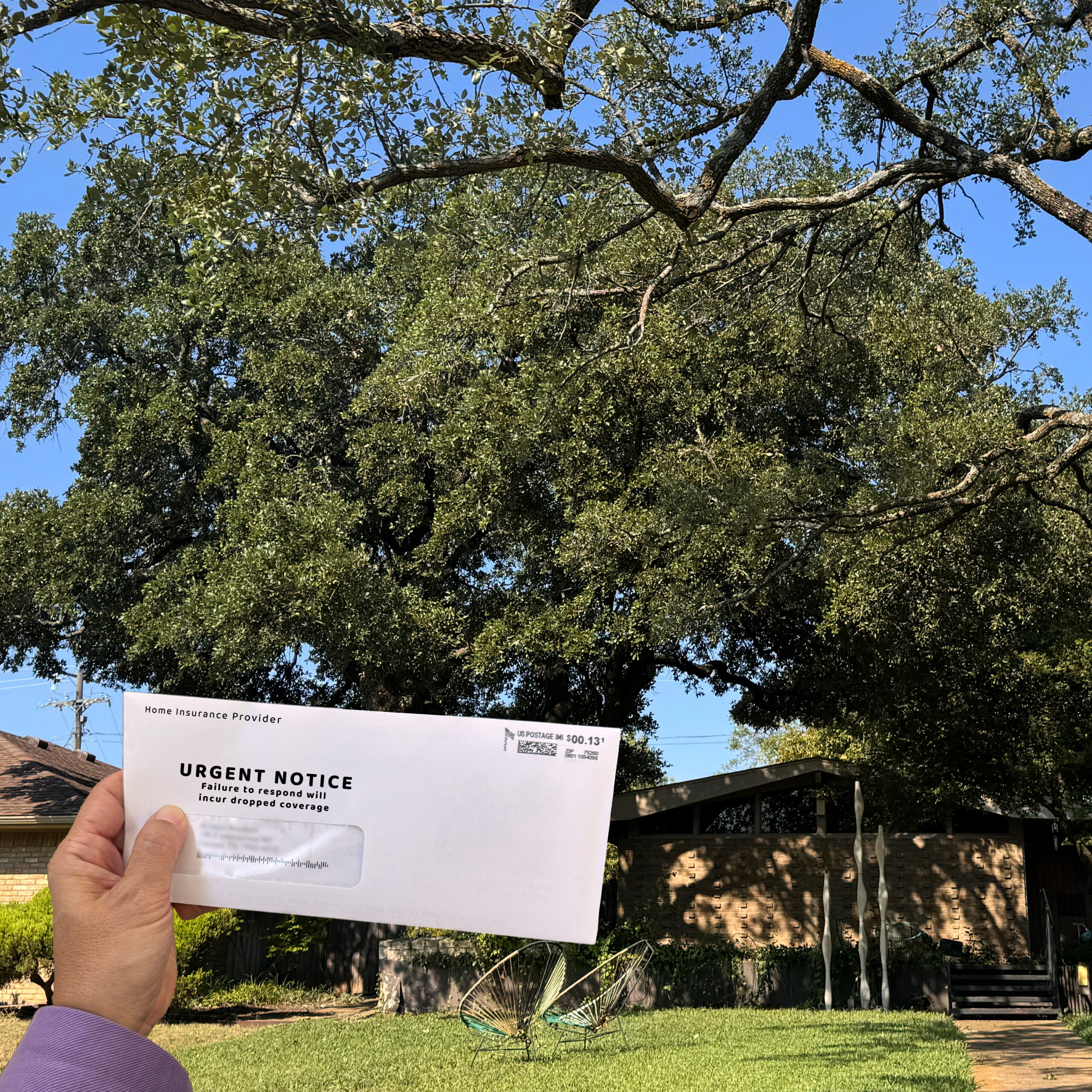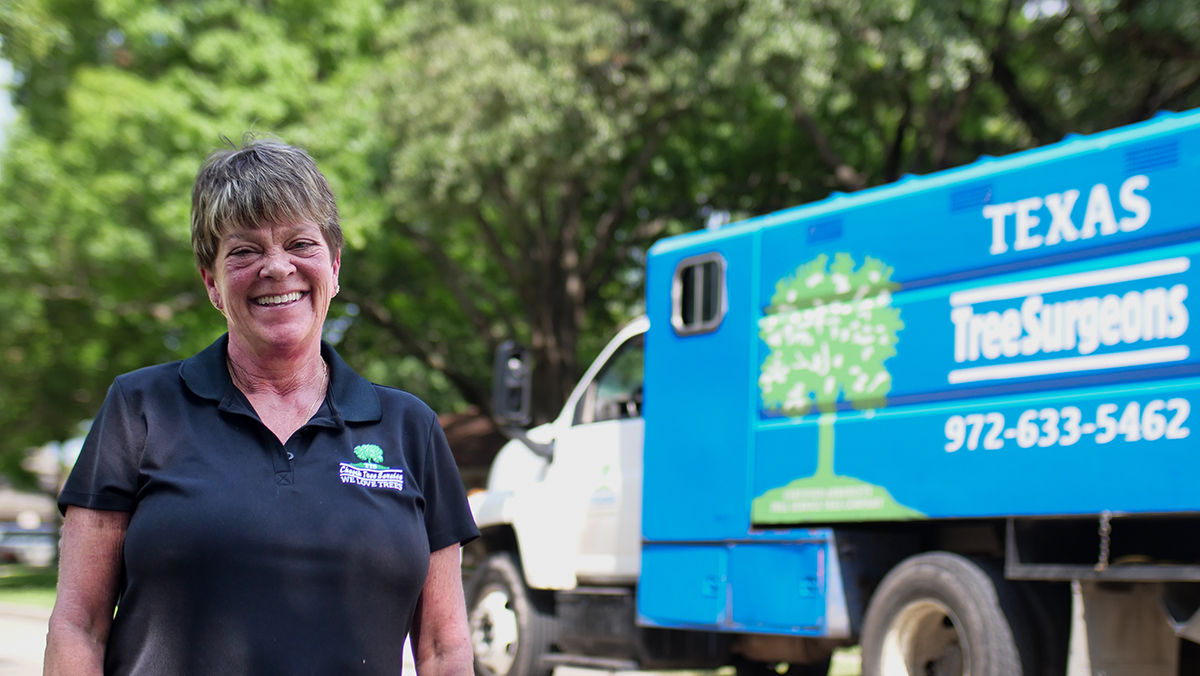What You Need to Know About Live Oaks and Ice Storms

Live Oaks are native North Texas trees which makes them well adapted to the variety of soil types found here. Despite being acclimated to the soil systems here, live oaks can still be stressed by extreme weather.
If it’s been more than 12-18 months since your last structural assessment by a certified arborist, now is the time to schedule. Preventative care is the best way to help protect your trees from limb failure from extreme weather.
Proper pruning minimizes the likelihood of limb breakage in moderate to heavy ice storms by improving the branching structure by properly distributing the added weight brought on by ice accumulating on the leaves and branches.
Live oaks are more prone to breakage during ice storms because they are evergreens which means they do not drop their leaves in the fall. Unlike other species, like pecan, they have more leaves on their branches and because of this the extra leaves provide more area coverage for water to collect and turn to ice (if cold enough) and create additional weight and stress, which can lead to limb breakage.
In addition to proper pruning to prepare for ice storms we also recommend that prior to a huge drop in temperature to deeply water your tree if the soil does not have adequate soil moisture. If you are unsure if your soil has adequate moisture we have a video demonstrating how to check as well as proper watering techniques that can be found here.
Common signs of frost damage on a live oak are:
- Brown leaves
- Wilted leaves
- ‘Frost’ cracks on trunk and limbs
If your live oak is already stressed by drought, disease, or insect activity they may have a harder time recovering from freeze damage. Provide extra care to your tree in the years to come to help replenish stored energy that has been depleted due to stress. Mulch is a great way to help regulate temperature and add additional nutrients into the soil. Also, be patient, and closely monitor during the following spring and summer to assess next steps.
At Texas Tree Surgeons, we love trees and we love our community! The best care for your tree is preventative care. If its been more than 12-18 months since a certified arborist has done a structural assessment please contact us today.
Related Blogs
Similar blogs related to this topic


Facts About Home Insurance & Trees
It’s becoming way too common, especially in Texas, homeowners receiving a threatening letter from their insurance company to drastically remove all tree limbs over a structure to prevent them from falling onto the house. Don’t…
Read more

Avoid These Tree Care Mistakes for a Healthy Landscape
Below is a list of overlooked mistakes that could jeopardize the health of your trees. From missteps in pruning to incorrect watering practices, discover how to give your trees the care they deserve. Red oak…
Read more

10 Tips from Your Local Arborist to Enhance Your Tree’s Health
Trees are an integral part of our environment, providing shade, beauty, and clean air. As living organisms, they require care and attention to thrive. Who better to offer advice than your local arborist? Here are…
Read more
